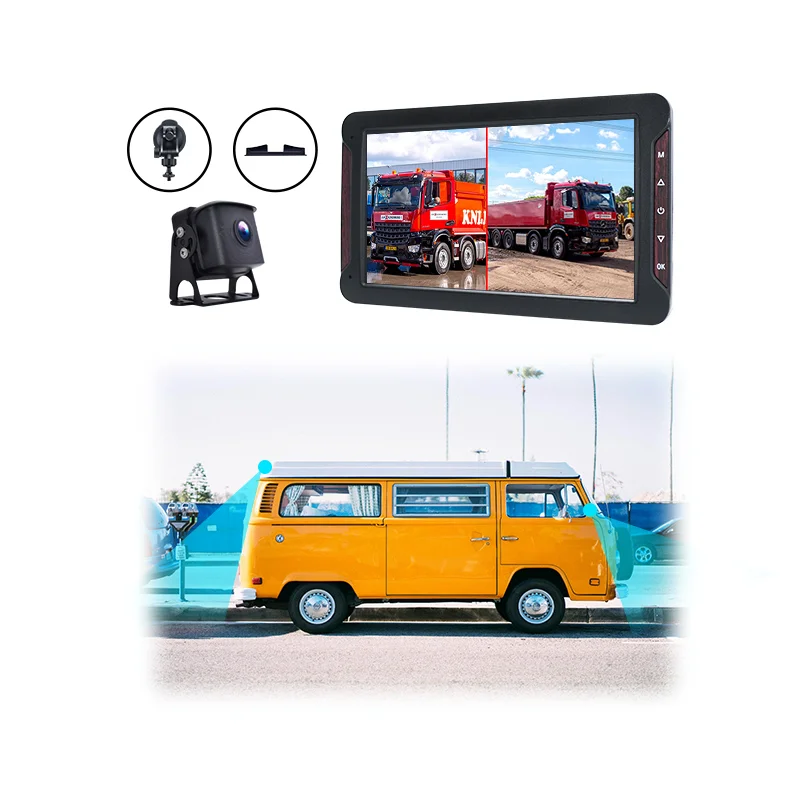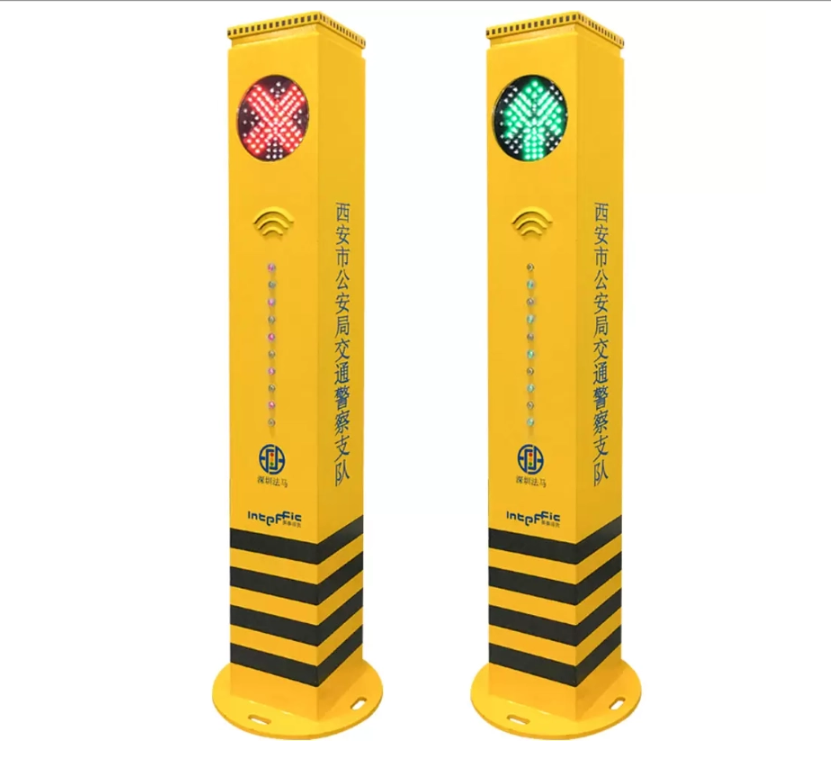The Safety Spectrum: Understanding Vehicle Size and Its Impact on Road Safety
When it comes to vehicle safety, one of the most frequently debated topics is the size of the vehicle. The question, What size vehicle is safest? is not merely a matter of preference; it encompasses a range of factors including crash dynamics, visibility, and the protection offered to occupants. In this article, we will delve into the complexities of vehicle size and its implications for safety, providing a comprehensive analysis that can guide consumers in making informed decisions.
The Physics of Vehicle Size and Safety
At the core of vehicle safety lies the physics of mass and momentum. Larger vehicles, such as SUVs and trucks, generally have a greater mass compared to smaller cars. In a collision, the laws of physics dictate that the larger vehicle will typically fare better in terms of occupant protection. This is primarily due to the concept of crush zones, which are designed to absorb energy during a crash. Larger vehicles often have more substantial structures that can withstand impacts better than smaller vehicles.
However, this does not mean that larger vehicles are unequivocally safer. The increased height and weight of SUVs can lead to a higher center of gravity, making them more prone to rollovers in certain situations. According to the National Highway Traffic Safety Administration (NHTSA), SUVs are involved in a disproportionate number of rollover accidents compared to sedans. This highlights the importance of considering not just size, but also the design and stability of the vehicle.
Visibility and Driver Awareness
Another critical aspect of vehicle safety is visibility. Larger vehicles often provide a better vantage point for drivers, allowing them to see more of the road and their surroundings. This can enhance situational awareness and potentially reduce the likelihood of accidents. However, the increased size can also create blind spots, particularly in larger trucks and SUVs. Drivers must be vigilant and utilize mirrors and technology, such as backup cameras and blind-spot monitoring systems, to mitigate these risks.
Conversely, smaller vehicles may have limitations in visibility due to their lower profile. However, advancements in automotive technology have led to improved visibility features across all vehicle sizes. Ultimately, the effectiveness of visibility depends on the driver's attentiveness and the vehicle's design.
The Role of Safety Ratings
When evaluating the safety of different vehicle sizes, it is essential to consider safety ratings from reputable organizations such as the NHTSA and the Insurance Institute for Highway Safety (IIHS). These organizations conduct rigorous crash tests and provide ratings based on a vehicle's performance in various scenarios. While larger vehicles may have advantages in certain tests, smaller cars can excel in others, particularly in terms of maneuverability and braking distance.
It's crucial for consumers to look beyond size and focus on safety ratings when making a purchasing decision. A smaller car with high safety ratings may offer better overall protection than a larger vehicle with mediocre ratings.
The Impact of Driver Behavior
Regardless of vehicle size, driver behavior plays a pivotal role in road safety. Distracted driving, speeding, and driving under the influence are significant contributors to accidents, regardless of whether the vehicle is large or small. Educating drivers about safe practices and promoting responsible driving behavior is essential for reducing accidents and enhancing safety on the roads.
Conclusion: Finding the Right Balance
In conclusion, the question of What size vehicle is safest? does not have a one-size-fits-all answer. Larger vehicles may offer advantages in terms of occupant protection and visibility, but they also come with their own set of risks, such as rollover potential and blind spots. Smaller vehicles can be equally safe, especially when equipped with modern safety features and high safety ratings.




